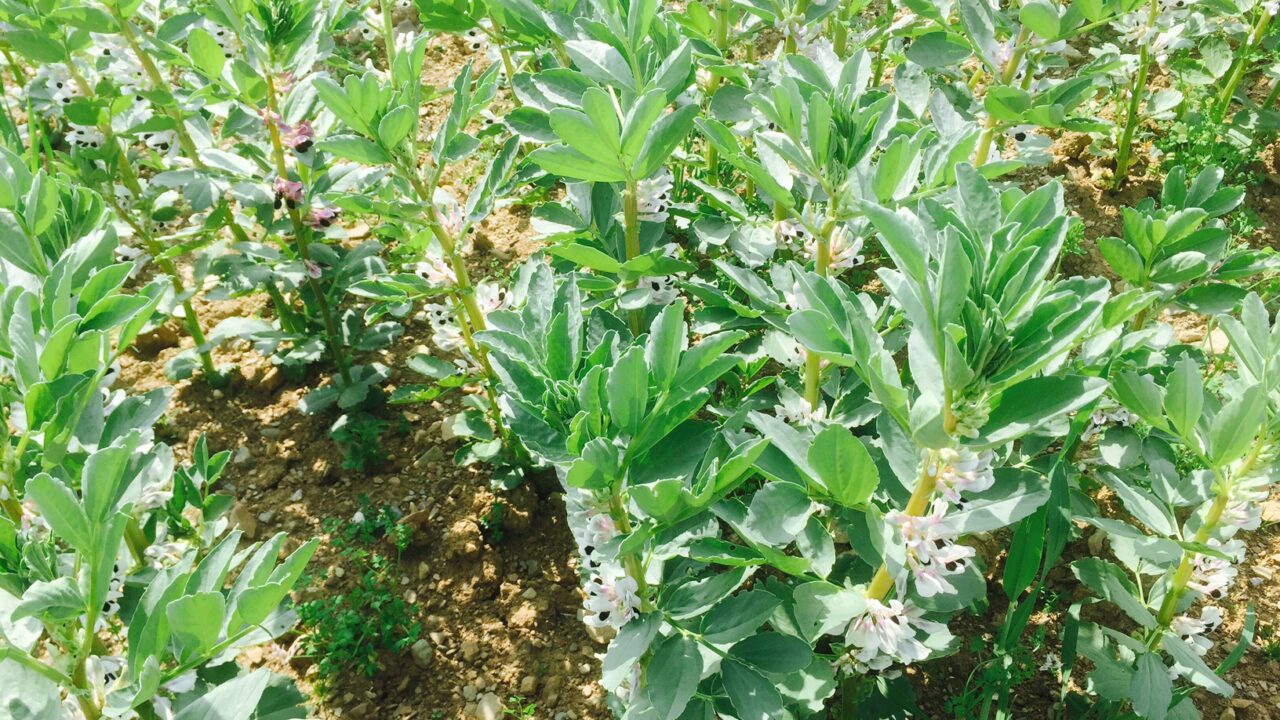The growth of organics across Europe saw the world reach record levels in 2020, according to new research published today (Tuesday, February 15) by the Research Institute on Organic Agriculture (FiBL), in collaboration with IFOAM Organics.
The FiBL’s annual statistics – The World of Organic Agriculture 2022 – show that, in 2020, organic land in the European Union (EU) grew to 14.9 million hectares – although at a slower rate than in the previous years.
They also reveal that the EU organic market marked a record increase of 15.1%, reaching €44.8 billion in 2020 while, globally, it peaked at more than €120 billion.
This new information is positive in the context of Europe’s aim for 25% of agricultural land to be farmed organically by 2030.
Organics – the big four
In the EU, more than half of organic land is concentrated in four countries, according to the new data: France, Spain, Italy and Germany.
France now hosts the largest organic agricultural area – 2.5 million hectares – followed by Spain and Italy, with 2.4 and 2.1 million hectares, respectively.
However, the French government plans to stop Common Agricultural Policy payments rewarding organic farmers for the public goods they deliver. Commentators fear this will end the growth achieved over the last number of years.
The largest number of organic producers is active in Italy with 1,590, followed by France with 53,255, and Spain with 44,493.
With a value of €44.8 billion, the EU lays claim to the second-largest market in the world, after the US, and followed by China.
The EU’s market champion is Germany with a market valued at €15 billion, followed by France with €12.7 billion and Italy with a much smaller market of €3.9 billion.
This is the 23rd edition of The World of Organic Agriculture and it contains data from 190 countries.
For the European organic movement, improving knowledge and data collection on organic-farming systems is crucial to increase organic production and consumption and achieve the targets set in the EU Farm to Fork and Biodiversity strategies, according to IFOAM Organics.
Global organics
With an increase of €14 billion, and exceeding €120 billion, the global market for organic food reached its highest growth ever in 2020.
The US continued to be the leading market, valued at €49.5 billion; followed by Germany at €15 billion; and France at €12.7 billion.
In 2020, many major markets showed extraordinarily strong growth rates. The German market, for example, grew by more than 22%.
Swiss consumers spent the most on organic food – €418 per capita – and Denmark continued to have the highest organic market share, with 13% of its total food market.
The global Covid-19 pandemic resulted in a significant increase in demand for organic products in many countries, but there were also challenges.
A spokesperson on behalf of The World of Organic Agriculture 2022, Helga Willer explained:
“The effects of the pandemic are visible in retail sales data. As people stayed home and began to cook more often and health, environment and climate change have become big issues, organic retail sales increased rapidly. However, at the same time, in the foodservice, sales decreased in many countries.”
In 2020, there were 3.4 million organic producers – an increase of 7.6% compared to 2019, and India continued to be the country with the most organic producers – 1.6 million.
